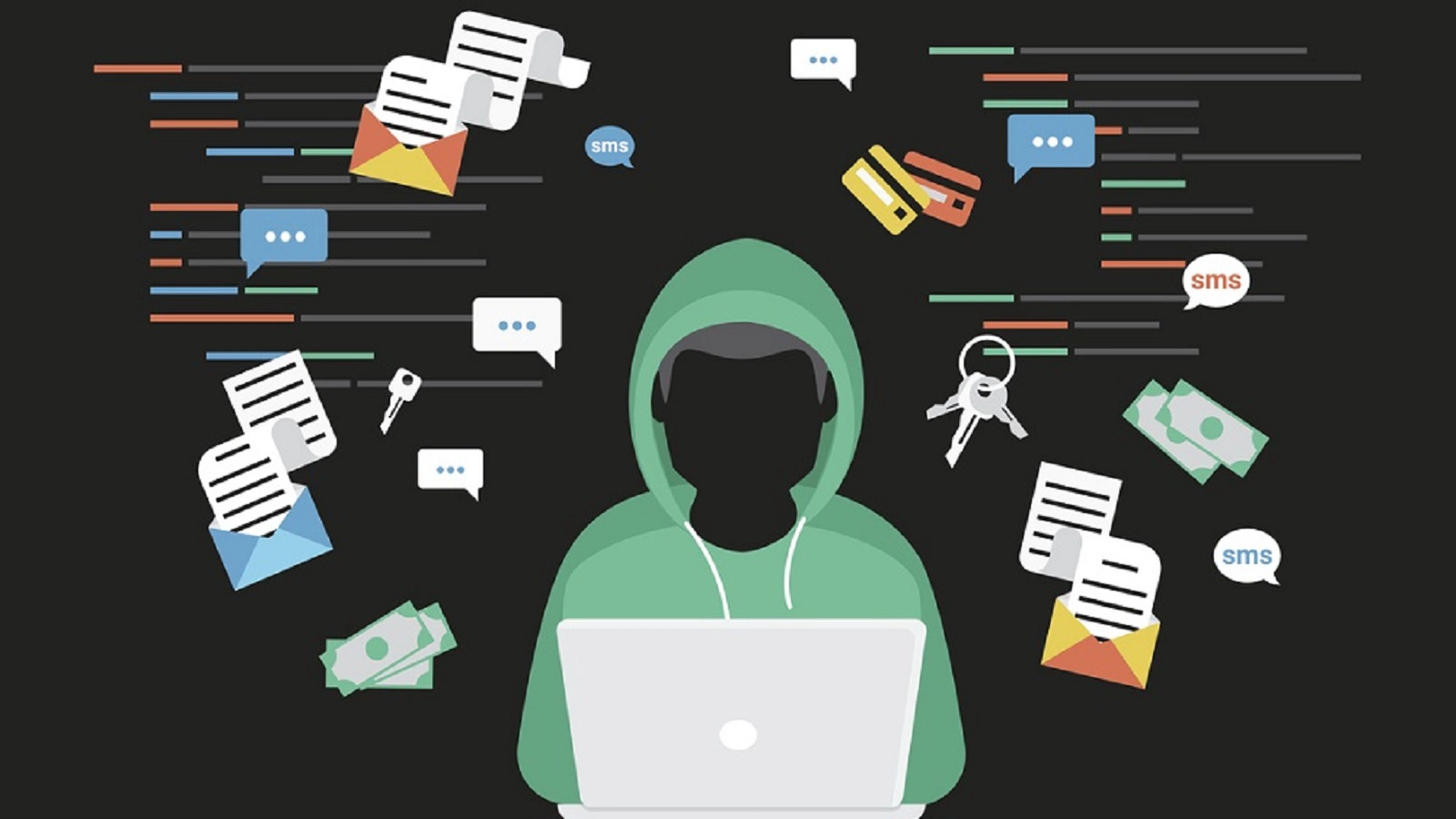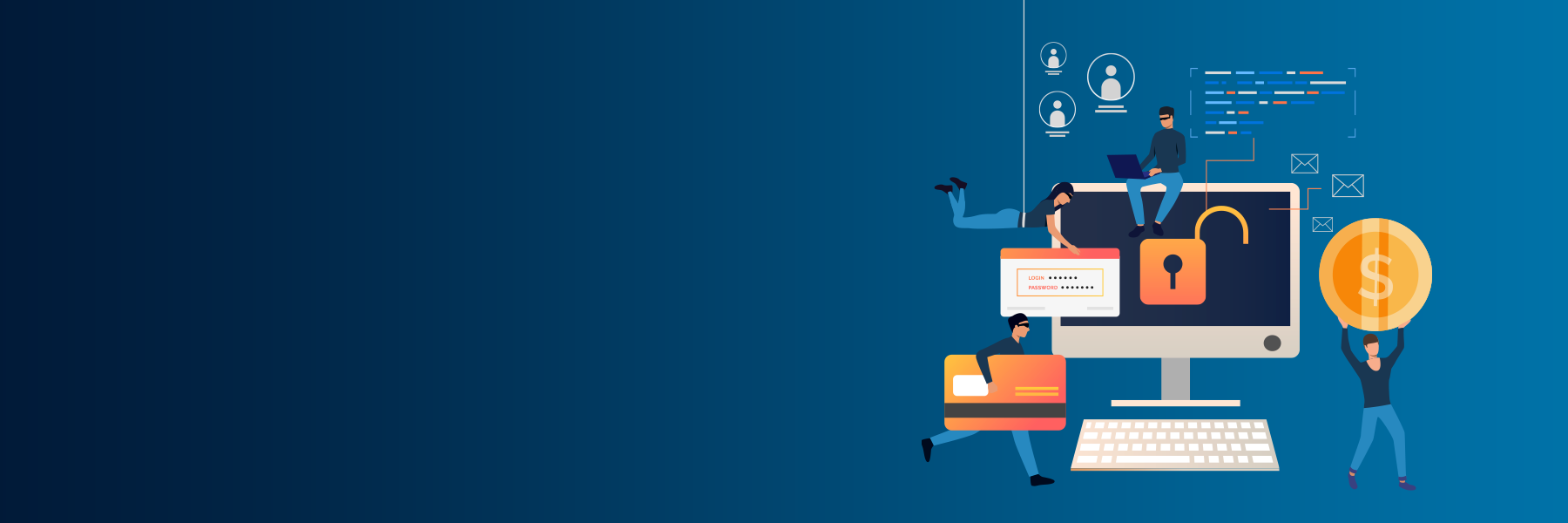31 October 2023
SafeAeon Inc.The digital battlefield is constantly changing, with new threats emerging at lightning speed. An alarming 62% of cyber intrusions exploit valid accounts. This drives home the urgency of top-notch identity and access management. With adversaries infiltrating networks faster than ever, the clock is ticking. The rise in identity-based attacks and misuse of remote tools paints a concerning picture. Facts, figures, and statistics
- The global threat-hunting market is expected to reach $13.22 billion by 2033, growing at a CAGR of 18.6% from 2023 to 2033.
- 62% of all interactive intrusions involve the abuse of valid accounts, highlighting the importance of identity and access management (IAM).
- The average eCrime breakout time is now 79 minutes, down from 84 minutes in 2022. This means that adversaries are able to move laterally within a victim's network and deploy malware in less time than ever before.
- Threat hunters are seeing a 583% increase in Kerberoasting, a growing identity-based attack technique.
- There has been a 312% increase in the abuse of remote monitoring and management (RMM) tools by adversaries.
These statistics highlight the importance of threat hunting in today's rapidly evolving cyber threat landscape. By proactively hunting for threats, organizations can identify and respond to attacks more quickly, minimizing the damage that can be caused.
But here's the silver lining: proactive threat hunting. This is not just an advanced defense mechanism; it's an organizational shield. Through proactive measures, we aim to unearth potential dangers, moving from merely reacting to breaches to predicting them. By mastering various techniques and arming a skilled team with advanced tools, organizations stand ready to face cyber challenges head-on.

Types of Threat Hunting:
The global threat-hunting market is expected to reach $13.22 billion by 2033, growing at a CAGR of 18.6% from 2023 to 2033. Threat Hunting Checklist stands as a proactive defense mechanism in the digital world. By actively seeking out signs of compromise, organizations stay one step ahead. Adopting varied approaches ensures comprehensive coverage against potential cyber threats. Recognizing these methodologies can significantly bolster an organization's security posture.
Structured Hunting:
- Structured hunting involves a systematic search. It focuses on specific threats or indicators of compromise (IoCs) using predefined criteria or intelligence.
- It starts with a well-defined question. This question or hypothesis pertains to a potential threat that needs investigation.
- Threat hunters depend on multiple sources. They use threat intelligence, log data, and other sources to gather relevant information.
- Automated tools and queries are part of this approach. Manual analysis and correlation of data are also used.
- The goal is to identify certain patterns of activity. It also aims to find anomalies in entity behavior indicating potential threats.
Unstructured Hunting:
- Unstructured hunting is also termed exploratory hunting. It adopts a more flexible approach compared to structured hunting.
- Here, there are no predefined criteria. Instead, threat hunters rely on their expertise and intuition.
- The focus is on specific areas. These are areas that are seen as high-risk or have had previous security incidents.
- The approach prioritizes certain assets. Intellectual property, customer data, financial records, and healthcare information are top priorities.
- A variety of data sources are in play. Threat hunters use network logs, endpoint data, and threat intelligence.
- They leverage creative techniques. These techniques and tools help identify unusual patterns or indicators that may deviate from traditional threat markers.
Situational or Entity-driven Hunting:
- Situational hunting is unique. It zeroes in on specific events, entities, or scenarios that could jeopardize an organization's security.
- There are numerous triggering events. Mergers, product launches, and past security breaches are examples.
- The method also targets specific entities. High-value assets, devices used by VIPs, and third-party vendors get special attention.
- Threat-hunting teams often join forces with HR. The aim is to monitor new hires and existing employees who might be vulnerable to threats.
- Various sources of information are tapped into. Threat hunters gather threat intelligence and other data to understand more about network entities.
- The technique blends different hunting methods. It merges structured and unstructured methods and collaborates with departments like IT and legal.
Exploring Methods to Uncover
When delving into systems, experts work under a belief. They think unwanted invaders might be inside. Their detective work is divided into three main areas:
Guess-Driven Searches
Based on recent data from a big pool of shared attack records, experts sometimes start their search. This information showcases invaders' new sneaky methods. After spotting these methods, experts check their systems. They look for signs of these actions.
Searches Using Known Red Flags
In this method, experts use specific details. These are about recognized sneaky actions linked to new threats. These known clues guide their search. They hope to spot possibly ongoing or hidden dangerous activities.
Deep Data Checks Using Smart Tools
Here, experts use smart tech tools. These tools dive deep into lots of data. Their goal is to spot any unusual behavior. Odd findings become leads for further investigation. Experts then try to uncover the well-hidden dangers.
For all these methods, a blend is crucial. Experts mix their knowledge, top-notch tools, and shared threat data. This mix helps them guard systems and information actively.
Threat Hunting Checklist Steps
The process of identifying and addressing hidden dangers is systematic. It includes spotting a clue, diving deep, and crafting a solution.
1. Spotting a Clue
A clue serves as a guide. It directs experts to a specific system or network area. Sometimes, a new hunch about a threat serves as this hint. For instance, teams might search for dangers. They look for those using clever ways to slip past guards.
2. Digging Deep
During this phase, tools come into play. Experts use tools like EDR, which acts as a system detective. Their aim is to investigate potential breaches. They continue until they reach a conclusion. The behavior is either deemed safe, or they get a clear picture of the sneaky action.
3. Crafting a Solution
After identifying a threat, the next step is communication. They share the threat details with specialized teams. These teams then handle and neutralize the threat. All the collected data, both safe and dangerous, is beneficial. It helps train and refine automated tools for future challenges.
Throughout this journey, these digital detectives remain vigilant. They amass a wealth of data about invaders. They understand their strategies, moves, and objectives. Analyzing this data helps spot security trends. It aids in fixing vulnerabilities and predicting future defense strategies.
Latest Threat Hunting Checklist
1. Set clear goals and objectives.
What do you want to achieve with your threat-hunting program? What are your most valuable assets? What are the most likely threats to those assets? Once you have a good understanding of your goals and objectives, you can tailor your threat-hunting checklist accordingly.
2. Collect the right data.
Threat Hunting Checklist is only as effective as the data you collect. Make sure you are collecting data from all relevant sources, such as network traffic, endpoint logs, user activity logs, and cloud environment logs.
3. Use a variety of threat-hunting techniques.
No single technique is effective at detecting all threats. By using a variety of techniques, you can increase your chances of detecting even the most sophisticated threats. Some common threat-hunting techniques include:
- Network analysis
- Endpoint analysis
- User behavior analysis
- Threat intelligence
- Cloud security analytics
4. Use the right tools and technologies.
There are a variety of tools and technologies available to support threat-hunting activities. Choose tools that are appropriate for your organization's needs and budget. Some examples of threat-hunting tools include:
5. Security information and event management (SIEM) systems
- User and entity behavior analytics (UEBA) systems
- Network traffic analysis (NTA) systems
- Endpoint detection and response (EDR) systems
- Cloud security posture management (CSPM) systems
6. Build a team of skilled and experienced threat hunters.
Threat hunting is a complex and challenging task. It is important to have a team of skilled and experienced threat hunters who have the knowledge and skills to identify and respond to threats.
7. Automate as much as possible.
Threat hunting can be a time-consuming task. By automating as many of the tasks as possible, you can free up your threat hunters to focus on more complex tasks. Some tasks that can be automated include:
- Data collection
- Log analysis
- Threat detection
8. Regularly review your threat-hunting program.
The threat landscape is constantly changing, so it is important to regularly review your threat-hunting program to make sure it is still effective.
9. Collaborate with other organizations.
Threat hunting is more effective when organizations collaborate with each other. By sharing information about threats and threat-hunting techniques, organizations can better protect themselves from cyber-attacks.
10. Stay up-to-date on the latest threats and trends.
The threat landscape is constantly changing, so it is important to stay up-to-date on the latest threats and trends. This will help you to focus your threat-hunting efforts on the areas of greatest risk.
11.Don't be afraid to experiment.
There is no one-size-fits-all approach to threat hunting. Be willing to experiment with different techniques and approaches to find what works best for your organization.
Additional tips:
- Focus on hunting for threats that are relevant to your organization's specific environment and industry.
- Use a variety of threat intelligence feeds to inform your threat-hunting activities.
- Prioritize your threat-hunting efforts based on the risk and impact of the threats you are hunting for.
- Develop a plan for responding to threats that are identified during threat-hunting activities.
- Regularly review your threat-hunting program and make adjustments as needed.
Conclusion
Threat hunting is the vigilant guard against hidden cyber dangers. As our digital footprint expands, so does the intricacy of threats we face. The surge in identity-based attacks, insider threats, and cloud computing challenges can't be ignored. Yesterday's reactive security measures are obsolete. Today, a more insightful, tailored security approach is essential. The evolving cyber threat landscape underlines the pressing need for a robust threat-hunting strategy. Embracing diverse techniques, investing in apt tools, and nurturing a capable threat-hunting team is paramount. As we dive deeper into the digital era, mastering threat hunting is not just about defense—it's about ensuring survival. SafeAeon has been in the business of cybersecurity for decades and strives to help its customers and non-customers to fight cyber threats.














